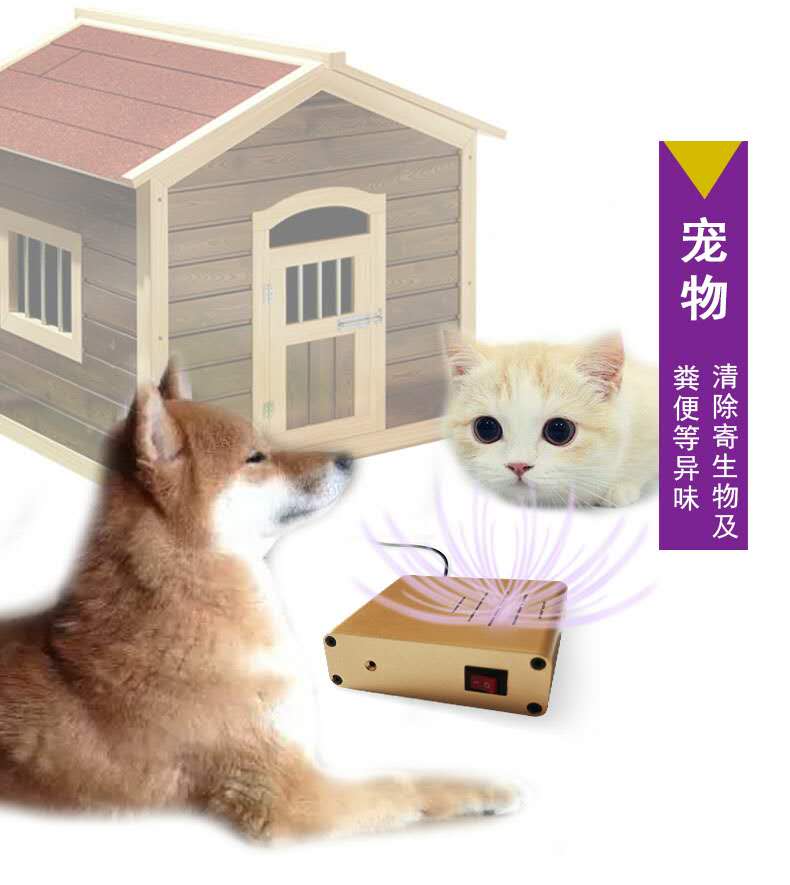Common methods for detecting ozone concentration of ozone generators and ozone peripheral products (Shenzhen ozone air purifier manufacturer--YNZ Technology)
Common methods for detecting ozone concentration of ozone generators and ozone peripheral products (Shenzhen ozone air purifier manufacturer--YNZ Technology)
The market for ozone products continues to blow out, with a dazzling array of products. As a new industry, under the current status of an opaque industry, there are bound to be countless factors affecting consumers' nerves. In various media reports, the ozone problem is undoubtedly regarded as a safety factor. Everyone knows. "You can't buy air purifiers that release ozone", "XXX brand air purifiers have ozone pollution"... News such as these have appeared in the newspapers, and consumers have become more and more worried, but the lack of security is often due to lack of awareness. "Three people become a tiger", only when you truly understand the role of ozone, can you not be arbitrary and follow blindly when buying. We have made a very detailed introduction to the knowledge of ozone in the previous section, and everyone has a certain understanding of ozone. Next, let’s talk about the common methods of ozone concentration detection for ozone generators and ozone peripheral products, so that everyone can use ozone. When it comes to appliances and ozone products, there is also a bottom, no longer talk about tiger discoloration!
Ozone concentration detection usually refers to detecting the ozone output of the ozone generator, detecting the concentration of ozone in the air, and detecting the concentration of ozone in the water. There are usually the following detection methods:
1. Ozone production detection-iodometric method
In the ozone production detection method, the standard method adopts the iodometric method. Methods as below:
1. Prepare a mixed solution containing 2% KH2PO4, 1% Na2HPO4, and 5% KI (stored in closed light), 25% H2SO2 solution, 0.5% starch solution, and 0.1 NNa2S2O3 solution.
2. Take 400ml of the above mixed solution and add it to an Erlenmeyer flask, and pass 2 liters of ozonized air at a flow rate less than 500ml/min to form a sampling solution.
3. Add 5ml of 25% H2SO2 solution to the sampling solution, place it in a dark room for 5 minutes, then titrate with 0.1 NNa2S2O3 solution to light yellow, then add a small amount of 0.1% starch solution, titrate to colorless, record the consumption of Na2S2O3 solution.
4. Calculation of ozone concentration: O3 concentration (gm/I)=12NV. In the formula, N refers to the equivalent concentration of Na2S2O3 standard solution (the preparation and calibration of Na2S2O3 standard solution is carried out according to GB601-77); V refers to the number of milliliters of Na2S2O3 standard solution used for titration.
5. Calculation of ozone production: Ozone (O3) production (g/h) = O3 concentration (g/m3) × air flow (m3/h). Air flow refers to the volume of standard gas entering the ozone generator.
2. Ozone production detection-UV absorption method
In the ozone production detection method, the laboratory performs accurate and rapid detection. Generally, special instruments for ultraviolet absorption method are used, with automatic suction pumps, through ultraviolet absorption probes, LCD display screens, and generally integrated collection and recording systems, real-time through communication interfaces Transmit the detection data to the computer software. The detection data is very stable, which is a common method currently used by ozone companies. The range is generally 1~1000ppm, 1~10000ppm, etc.
3. Detection of ozone concentration in the air
Generally refers to the low-concentration ambient ozone concentration in the air. Special instruments can be used to test the ozone content in the air. Generally, portable and chemical probes are used to obtain the ozone value. The range is usually 1 to 1000 ppm, and the accuracy is 0.1 to 1.0 ppm. The crystal screen directly displays the ozone concentration value, which is more convenient to use.
4. Detection of ozone concentration in water
Since the online probe-type water ozone concentration detector is not very reliable, the current simple method is to use DPD reagent, and the result can be measured on the spot. The detection range of this reagent is 0.05 to 1.0 mg/L. Each set of reagents can be used 150 times, using colorimetry, and data can be read with special instruments.
In the automatic control of industrial equipment, the ORP water potential detector is often used to indirectly reflect the ozone concentration in the water, and the water potential value threshold can be set to control the opening and closing of ozone equipment.
With the advancement of detection technology, the detection instrument for ozone concentration detection will continue to improve and improve in accuracy, speed, automation, etc. This will facilitate the reasonable development and quality control of the ozone generator and its surrounding products, so that it can Better provide more powerful health protection for our daily life!

